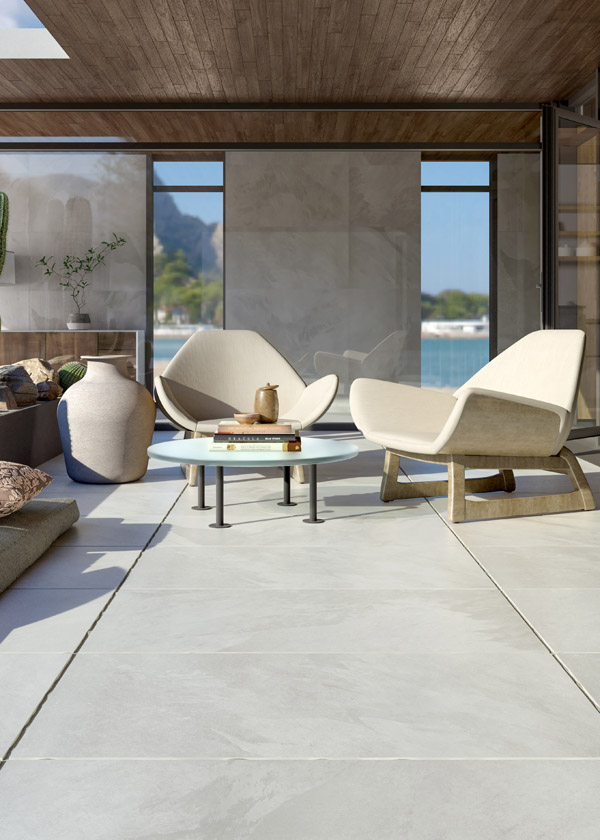Welcome to the COOKIES POLICY of the PAMESA - WEB, website, where we explain all the necessary questions in clear and simple language so that you can control cookies based on your personal decisions.
What are cookies?
A cookie or computer cookie is a small information file saved to your computer, smartphone or tablet every time you visit our website.
In principle, a cookie is harmless: it does not contain viruses, Trojans, worms, etc. that may damage your terminal, but it does have a certain impact on your right to protect your personal data, as it collects certain information concerning you (browsing habits, identity, preferences, etc.).
This is why, based on the provisions of applicable regulations (Information Society Services and Electronic Commerce Act -LSSI) and current regulations for the protection of personal data), the activation of certain types of cookies will require your prior authorisation.
What do we use cookies for?
Cookies may be of various types: technical cookies are necessary for our website to function. They do not require your authorisation, and these are the only ones we have activated by default.
All other cookies are intended to make improvements to our site, personalise it based on your preferences, or provide you with advertising tailored to your searches, tastes and personal interests. These other cookies are all deactivated by default, and your prior authorisation is required for activation, which you can perform in one simple step by marking the authorisation box in our COOKIES CONFIGURATION section.
What type of cookies do we use?
Technical cookies
Technical cookies are strictly necessary for our website to function and for you to be able to browse it. These types of cookies, for example, allow us to identify you, give you access to certain restricted parts of the page if necessary, or remember different options or services already selected by you, such as your privacy preferences. Therefore, these technical cookies are activated by default, and your authorisation is not required for their use.
Nevertheless, by configuring your browser, you can set up an alert for the presence of this type of cookie, or block them if you wish, although blocking them will affect the correct functioning of the various services provided on our website.
Analysis Cookies
Analysis cookies allow us to study user browsing on our website in general (for example, which sections of the page are the most visited, which services are used the most and whether they work correctly, etc.).
Based on the statistical information we derive from these cookies, we are able to improve both the operation of the page itself and the different services offered on the site. Therefore, these cookies have no advertising purposes, serving only to make our website work better and adapt to users in general. By activating them you will contribute to this continuous improvement.
You can activate or deactivate these cookies by checking the corresponding box, as they are deactivated by default.
Functionality and Personalisation Cookies
Functionality cookies allow us to remember your preferences, to customise certain characteristics and general options of our website to your needs each time you access it (for example, the language in which the information is presented, the sections marked as favourites, your browser type, etc.).
Therefore, these cookies have no advertising purposes. By activating them you contribute to improving the functionality of the website (for example, adapting to your type of browser) and your personalisation based on your preferences (for example, presenting the information in the language you have chosen on previous occasions). This will contribute to easier browsing, usability and convenience on our pages during navigation.
You can activate or deactivate these cookies by checking the corresponding box, as they are deactivated by default.
Advertising cookies
Advertising cookies allow us to manage the advertising spaces included on our website based on criteria such as the content displayed or the frequency with which ads are displayed.
Likewise, they allow us to obtain information based on observing your browsing habits and behaviour on the site, in order to present advertising content that better suits your tastes and personal interests.
Therefore, by activating this type of cookies, advertising shown on our website will no longer be generic, but will be more useful, less repetitive, and will be oriented to your searches, tastes and interests, being adjusted exclusively to you.
You can activate or deactivate these cookies by checking the corresponding box, as they are deactivated by default.
More information
If you require more information, please consult the complete "Cookies Policy" available from various links on our website.



